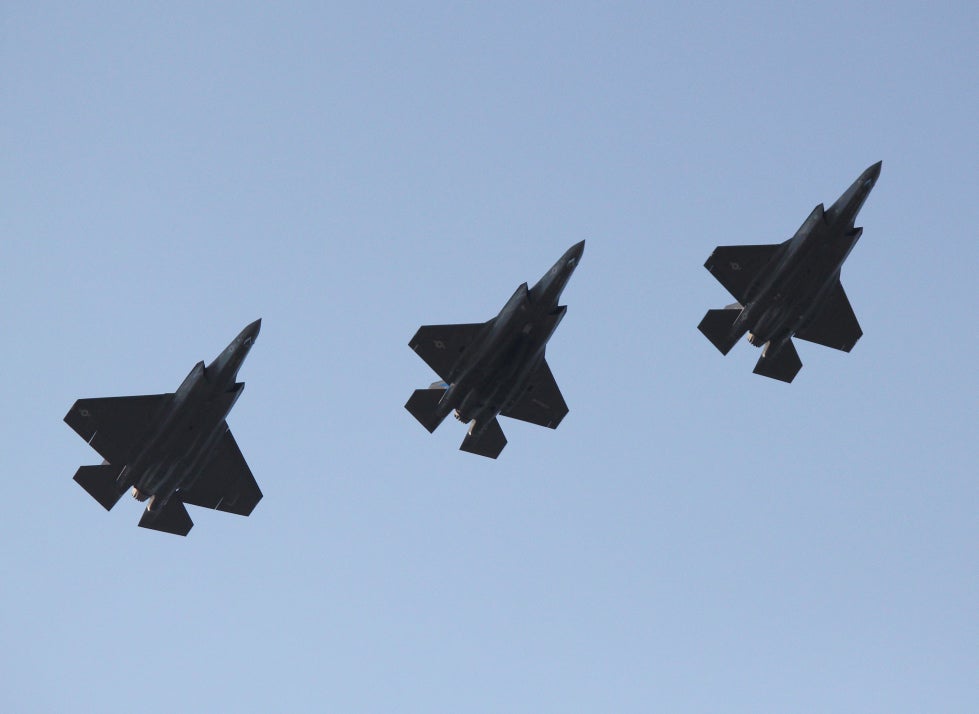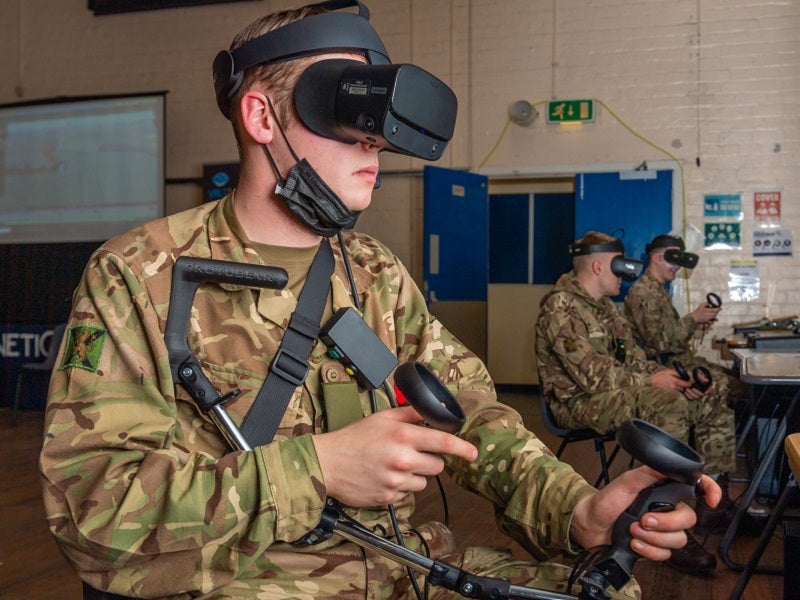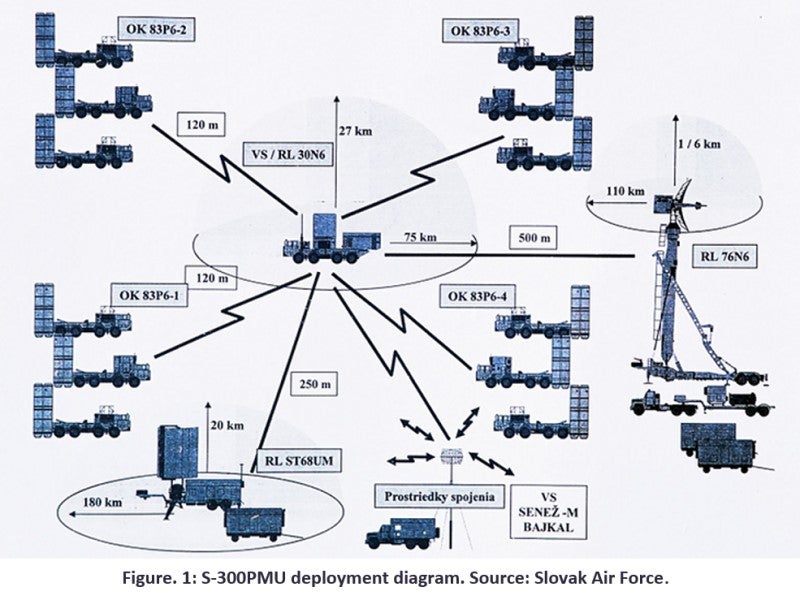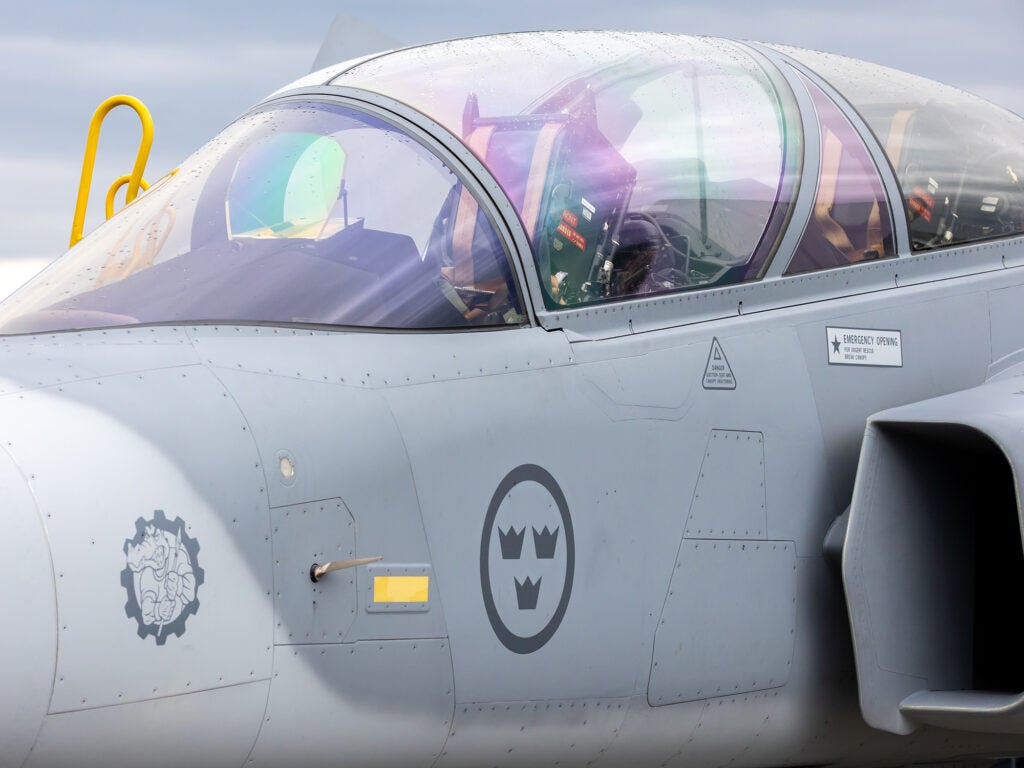
Russia’s presentation of the Grom “Thunder” and Molniya “Lightning” UAVs and their roles has revealed new information about their potential.
Grom was previously assumed to be akin to Boeing Australia’s Loyal Wingman, but for pairing with the Su-57 and presumably Su-30 family, amongst others. The revelation that Grom will deploy a swarm of 10 Molniya UAVs, with Grom controlled from a ground control station, suggests a markedly different capability and/or role.
Anthony Endresen, Analyst at GlobalData, comments, “with Grom having the capability to be able to deploy Molniya in a swarm scenario, with Molniya acting in either ISR or munition configurations, is a revelation that provides an insight into the Russian airforce’s future uses of these platforms, as well as AI and swarm technology applications.
The pairing, on paper, is an impressive solution in that it significantly increases Russian Airforce options. Given the Federation’s conflicts over the last 30 years, with a particular eye on Georgia and the fundamental problems it highlighted, this combination deployed in a Suppression of Enemy Air Defence (SEAD) role would be a significant boost to capabilities. Analysis of Russian combat performance and limitations during the war found that critical air support was withheld due to the inability to supress Russian-made Surface-to-Air Systems deployed by Georgia.
Other aspects of strategic and operational aviation were also limited for these reasons, such as ISR flights by Su-24s. Tactical aviation was also limited for periods, due to the potential for friendly fire and poor coordination stemming from the aforementioned problems. The result was increased losses and a slow-down in the advance, when speed was paramount for a number of strategic reasons.
Given the post-combat analysis, the capability to deploy this Thunder and Lightning solution would significantly improve Russian combat performance on both operational and strategic levels in such limited conventional conflicts. The coordination inherent to the Grom and Molniya systems in themselves solves a number of these issues, additionally the ability to avoid the risk of fallout from maned-asset loss, as demonstrated in both Georgia and Syria.
A satisfactory and effective SEAD tool would thus provide disproportionate benefits to the Russian Armed Forces. The speculation that they could be deployed in swarms from Il-76 motherships will certainly get attention if it comes to fruition, presenting a program much like the Gremlins program in the United States. This deployment option for this pairing would further increase Russian SEAD and ISR capabilities, particularly effectively in the primary area of interest, the “near abroad”, where localised air defence solutions are increasingly sought due to the increasingly active Russian airforce.
The main questions regarding this pairing will be surrounding the viability of operational use, the ability to break the kill chain through disrupting control, and the larger question surrounding AI in defense more broadly; namely the potential absence of a man in the loop in kinetic strike missions. Other than that, this revelation is part of an accelerating trend of both Russia’s impressively expanding UAV programs, as well as the trend for NATO adversaries to field increasingly advanced arsenals in the aerospace domain.”






